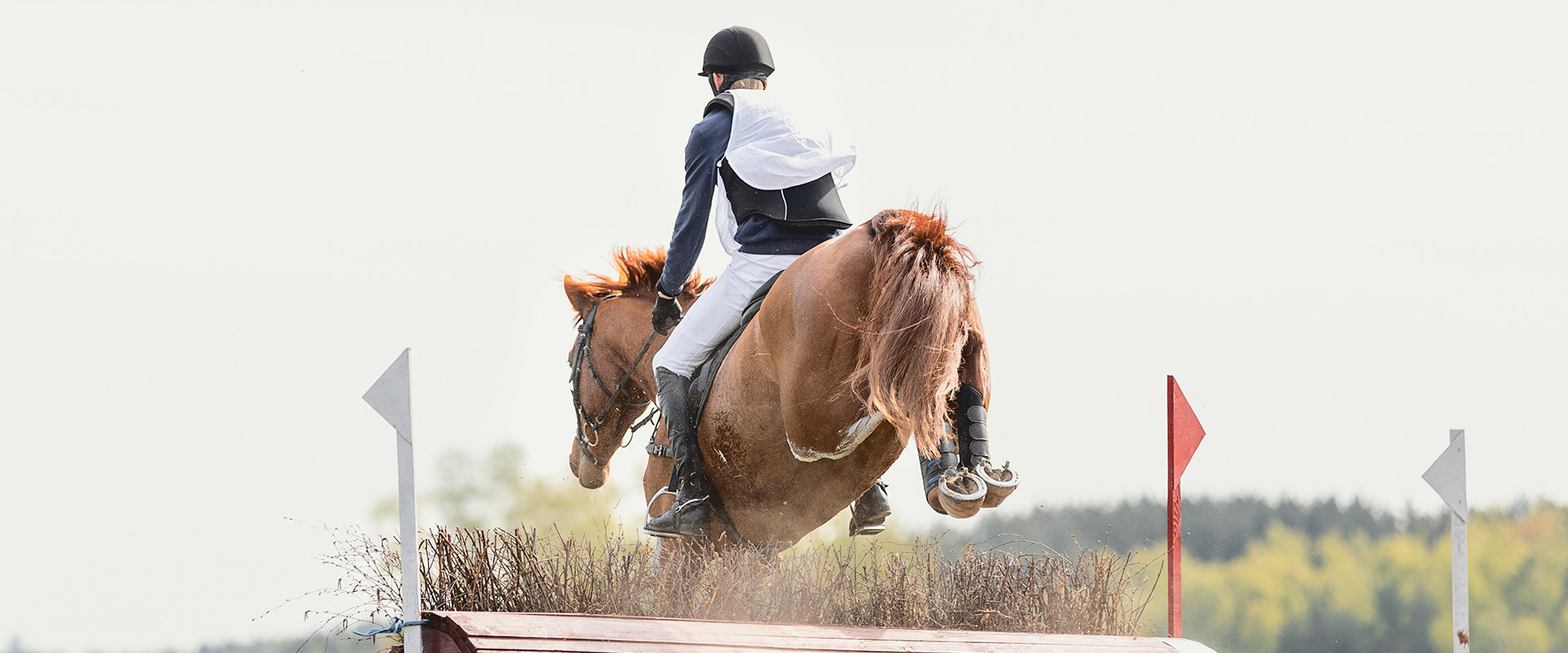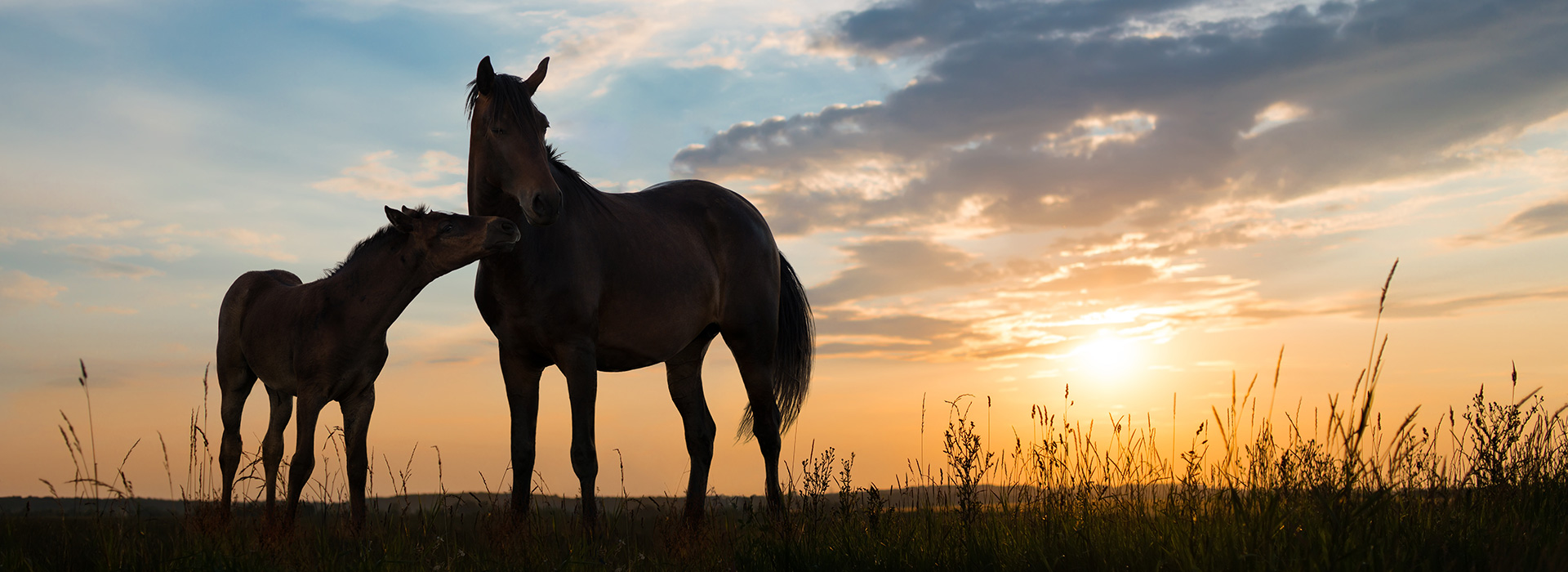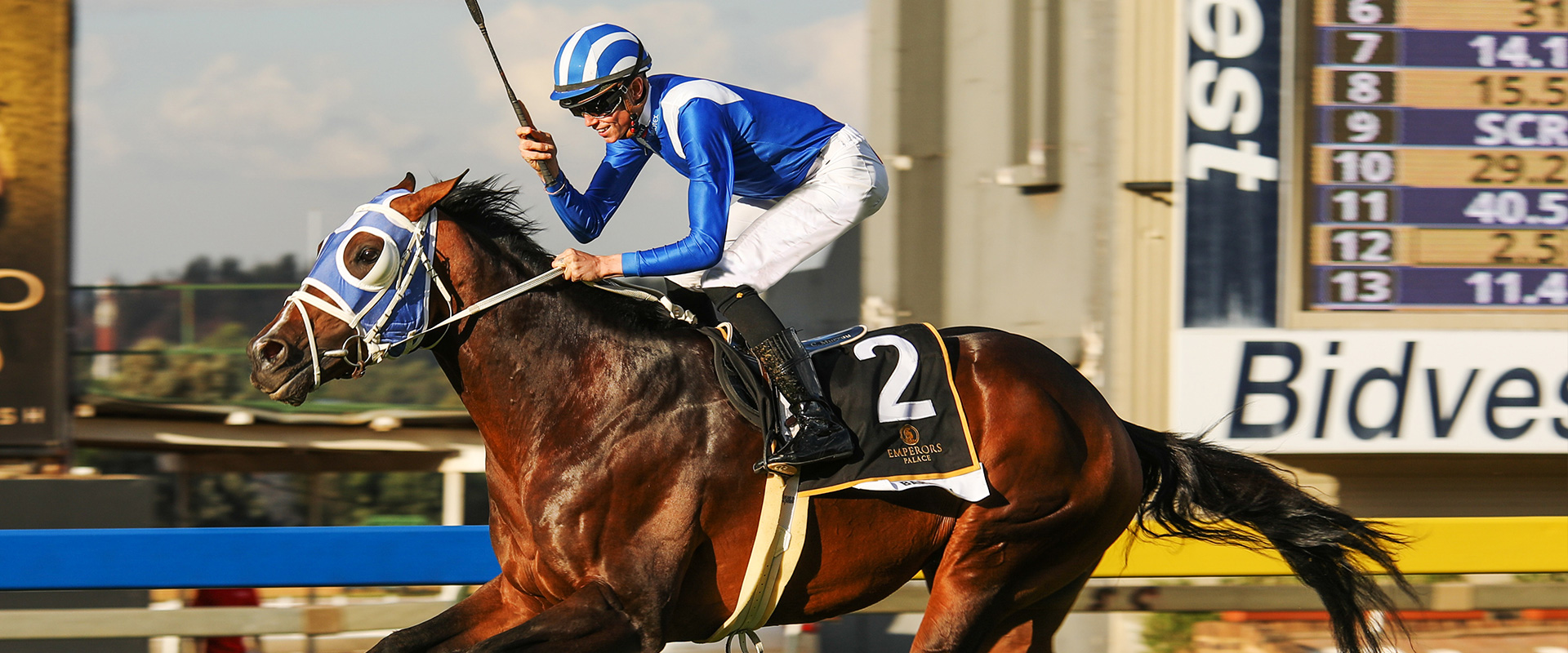Bran Mash is great for my Horse’s Digestion! Fact or fiction?
Feeding bran mashes is an equestrian tradition that has been passed down through multiple generations.
Evaluating the tradition of bran mashes in the wisdom of modern nutritional knowledge, however, may offer an explanation of why the desired result is not always achieved and leaves the nutritionist with very little justification for recommending using it at all.
Why We Feed Bran
Many ingredients have found their way into livestock diets over time because manufacturers were searching for a profitable use for the byproducts of the milling process. In the case of bran, the process was milling wheat and the byproduct was the large reddish-brown flakes of the grain’s outer husk, which were removed before grinding the soft, inner kernel into flour.
People soon discovered that horses liked the taste of bran. And millers were more than delighted to sell bran cheaply to local farmers who fed it to their horses. There was only one problem with this turn-of-the-century feeding practice. Horses fed large amounts of bran over long periods of time developed a serious skeletal problem known as “big head” due to the extremely lopsided calcium-to-phosphorous ratio.
Modern nutritionists eventually unlocked the secrets about mineral interactions which explained the cause of big head, and allowed for dietary additions to prevent such issues. Now, however, nutritional science is questioning the practice of occasional mashes for reasons that have nothing to do with mineral imbalances. Modern horsemen may unknowingly be causing their horses digestive distress when they feed bran sporadically as a weekly mash or as a constipation preventative just prior to traveling.
Myth 1: Wheat Bran has a Laxative Effect
Bran was thought to have a laxative effect that would “clean them out” and help to prevent colic.
Cornell University researchers studied the laxative effect of bran at various levels in the diet, with some horses being fed up to 50 % hay and 50 % bran. They found that there were only slight variations in water content of the droppings at various feeding levels – certainly not enough to pronounce bran a laxative. Another study compared the droppings of horses fed a ration of 10 % bran and 90 % chopped hay to those fed 100 %chopped hay. No difference in the water content of the droppings was found. So why do horses produce watery droppings when they eat a bran mash? First, the undigested fiber in the bran increases the volume of the horse’s droppings. Second, since feeding bran mash only occasionally, or even weekly, represents a sudden change in diet as the gut microbes see it, they start to die off. This is what causes the diarrhoea or watery droppings that horse owners erroneously assume is a laxative effect.
Myth 2: Wheat Bran is High in Fibre
Physicians recommend their patients eat bran cereal or a bran muffin to stay “regular” and therefore people often believe wheat bran should work the same for horses. Wheat bran has a fibre content of typically around 10% and is certainly not a high fibre feed when compared to hay at more than 30% fibre. Wheat bran has more fibre than corn, but it has about the same amount of fibre as oats and a lot less fibre than hay. So, why does bran work as a laxative for humans and not horses? This is easily explained when one considers that the typical equine diet contains more than 35% fibre whereas the typical human diet contains less than 2% fibre. It can thus clearly be seen that 1 kg or so of Bran is hardly going to make any difference to the total fibre content of their diet, thus looking for other sources of fibre are much more beneficial for the horse. High fibre cubes, Beet products and even simply extra hay will provide a better level of fibre along with additional gut health benefits.
Myth 3: A hot bran mash warms a horse in winter.
For how long are you trying to warm the horse? The warming effects of the water used to make the mash may last five to 10 minutes after the horse eats it, less time that it probably took you to make the mash. A better way to warm a horse in the winter is to increase the amount of hay he eats as the heat generated from the digestion of just 2 kg of extra hay will raise the horse’s internal core temperature considerably for a couple of hours.
Myth 4. A bran mash is a good way to get more water into a horse in the winter.
How much bran are you feeding? A typical mash only uses about a ½ litre of water, more or less depending on how soupy you decide to make it.Compared to the 20 litres or more of water the horse needs daily, that’s not a big deal. A better way to get more water into the horse in the winter is to make sure water buckets stay clean and water is accessible.
Not a Change for the Better
It is well known among veterinarians, nutritionists and experienced equestrians that a sudden change in diet causes digestive disorders in horses. At the very least, the horse may experience mild intestinal discomfort that makes him cranky, anxious or sluggish. Diarrhoea, excess gas, colic or laminitis are other possible consequences. ‘Sudden’, means that the change is made all at once, rather than gradually in small stages. A change in feed can be anything from switching to a new load of hay, substituting a different grain mix for the one you’ve been feeding or turning a horse wintered on hay out on a lush spring pasture.
When a new feed or any other dietary change is made gradually over a period of days, or even weeks, the horse’s various gut microbes, which are essential for good digestion, vitamin synthesis and overall health, have time to adjust the size of their respective populations to the shifting ratios of carbohydrates, fats, protein and fiber they must process. But when a sudden change is made, it shocks the microbe population, destroys its balance and results in the death of a proportion of these beneficial and essential microorganisms. The dying microbes are not only unable to assist in proper digestion, but also give off toxins that can be absorbed through the intestinal walls and into the horse’s bloodstream to the detriment of the animal’s well being.
If the sudden change is a relatively small one, the horse may experience abdominal distress and discomfort, such as mild gas or diarrhoea, but not life-threatening consequences, such as colic or laminitis. Researchers now suspect that this is what happens when horses get a weekly, or occasional, bran mash.
Those who feed a bran mash once a week may not be causing mineral imbalances, but may instead be upsetting the microorganisms in the digestive tract. Most horsemen heed the warning that any changes to the diet should be made gradually to avoid colic. Yet these same horsemen don’t see a problem with providing a bran mash once a week. Despite the good intentions, a weekly bran mash is a dramatic feed change and may upset the delicate balance of microorganisms that aid in digestion of the normal hay and grain.
Should bran mashes be avoided altogether?
No, not necessarily, but you may need to rethink why and how often you are feeding them.
If you want a laxative, wheat bran is not going to work. If it gives you a warm-fuzzy feeling to prepare a treat for your horse, go with a bran mash. The safest way, however, is to feed it every day to avoid upsetting the digestive tract, and if you are feeding more than one kg of bran per day, make sure you are also balancing the mineral content of the diet to offset the high phosphorus content of the bran.
Apart from selecting a feed for your horse from an equine feed range which ensures superb digestive health, it might be easier altogether rather to treat your horse with a hug, a gentle pat on the neck, or an extra groom if you have the time. If you feel energetic and want to offer him something different altogether, try and wet down a portion of his normal feed, or provided an additional slice of hay which will give him far more benefits.




